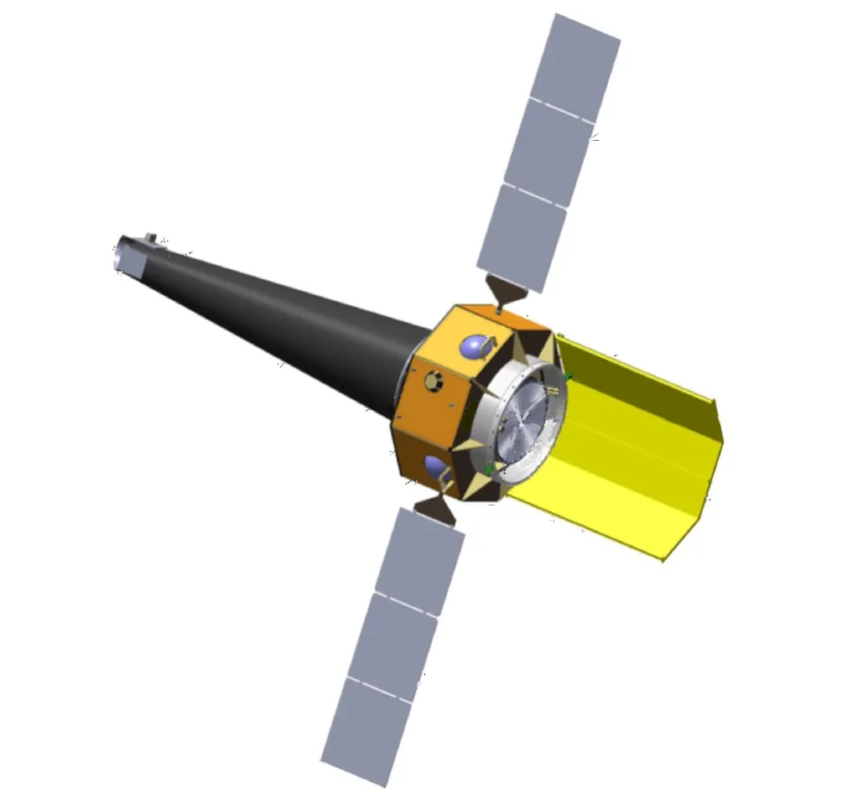
 Credit: UMD
Credit: UMD
Probe Explorers
The human desire for new ways to explore the Universe is neverending: to see farther, fainter, and faster. This is especially true in astrophysics - one discovery builds on the last and leads to the next. The National Academy of Sciences, Engineering, and Medicine, in its most recent Decadal Survey of Astronomy & Astrophysics made a number of key recommendations critical to expanding our knowledge of the Universe. One particularly important recommendation was a call for a new class of astrophysics satellite observatories to push boundary of current knowledge, with the first missions in this class to focus on X-ray or infrared observations. After a strong competition, NASA picked two excellent missions for further study. The Advanced X-ray Imaging Satellite (AXIS), shown in the illustration above, is one of the contenders. AXIS is a large field of view X-ray telescope designed to provide the widest, highest resolution images of the X-ray Universe. AXIS stretches 45 feet from end-to-end. AXIS observations will help answer questions of how black holes form and grow over cosmic time, how the chemistry of the Universe becomes more complex, and help solve the riddle of the most powerful explosions in the cosmos. The other mission selected by NASA is the Probe far-Infrared Mission for Astrophysics, (PRIMA) a large infrared space telescope which would address questions about the formation of planets, stars and galaxies. After a 12 month mission concept study, NASA expects to select one of these two missions for eventual launch in 2032.
Published: October 21, 2024
<
HEA Dictionary ● Archive
● Search HEAPOW
● Other Languages
● HEAPOW on Facebook
● Download all Images
● Education ● HEAD
>
Each week the HEASARC
brings you new, exciting and beautiful images from X-ray and Gamma ray
astronomy. Check back each week and be sure to check out the HEAPOW archive!
Page Author: Dr. Michael F. Corcoran
Last modified Monday, 28-Oct-2024 14:19:21 EDT


